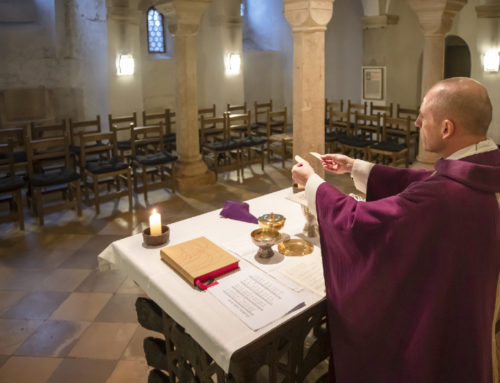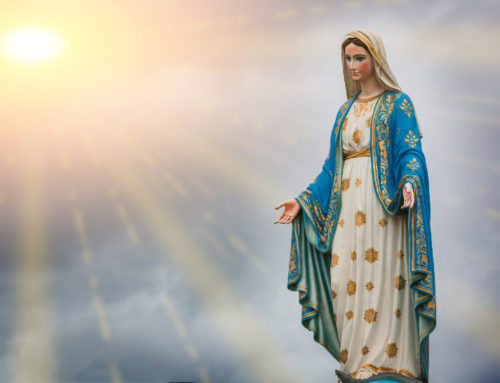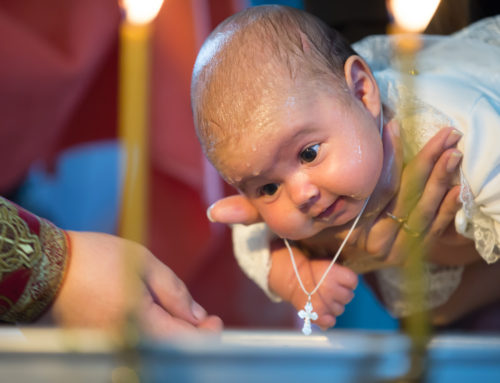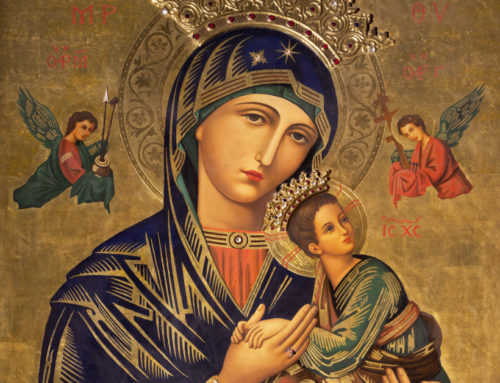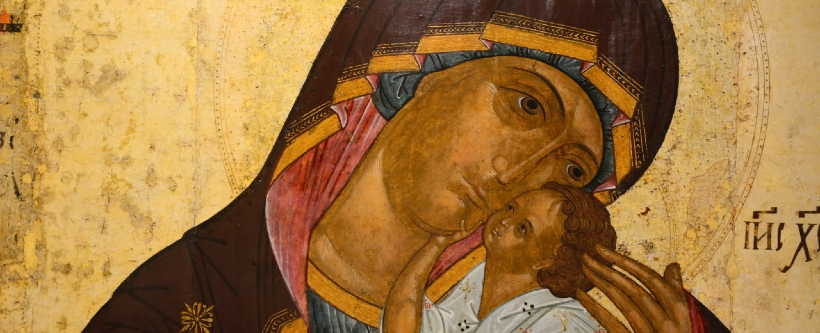
an antique Russian Orthodox icon
How do the Eastern Churches relate to the Orthodox Church?
There are two ways to approach this question, and we’ll address both of them. With two notable exceptions – Italo-Albanian Church and the Maronites – the Eastern Catholic Churches are “children” of the Orthodox Church from which they originated.
In terms of their current relationship with the Orthodox, the question is more complex. The general consensus of the Orthodox laity is that the Eastern Catholics are no longer “graced,” meaning that they have separated themselves from the source of grace, which is the Orthodox Church. Further they have compromised their teachings by accepting Latin teachings that developed after the seventh ecumenical council (Nicaea, 787), the last recognized by the Orthodox.
If we eliminated theological issues, there are still differences that caused strained relationships. Among these were the tendency of some of the Eastern Catholic Churches to adopt Latin practices such as first communions, eucharistic benediction, praying the rosary, elimination of the iconostasis and icons, the use of statues and Western-style clerical vestments. Most of these issues are currently being resolved, since the Second Vatican Council directed Eastern Catholic Churches to return to their authentic heritage.
One final area that we will mention is the perception that Rome “meddles” in the affairs of the Eastern Catholic Churches. That is, the fact that Rome claims a “juridic (legal) authority” over the Eastern Catholic Churches bothers the Orthodox who do not want to grant any such authority to Rome. Examples of this “meddling” are in fact relatively rare. One such case occurred during the final years of life of Patriarch Maximos V (1908-2001) of the Melkites. He was too ill to run the church, but the synod of bishops was reluctant to appoint an administrator. Eventually, Pope John Paul II stepped in and called an exceptional synod of the bishops; they, with the encouragement of Rome, selected Archbishop John Haddad of Tyre, Lebanon, as the patriarchal administrator (June 12, 2000). While this was a perfectly benign example, the Orthodox feared that this could lead to something far more sinister.
Form the Catholic standpoint, any such fear has been mitigated by years of seeing only positive actions by Rome. At the same time, while history has shown that the popes have generally taken a very positive attitude toward the Eastern Churches, the same has not been true for the curia and Latin bishops. There was, for example, the long-standing “agreement” that Eastern Catholics would not have married priests serving in the United States and Canada. This was to appease the Latin bishops who felt that married priests would be a source of scandal. It was also a compromise that came out of a problem that arose with Archbishop John Ireland, whose refusal in 1889 to accept Father Alexis Toth, a widower, led to a sizeable group of Eastern Catholics going over to the Orthodox. This story is quite well known, and in fact the Orthodox consider Father Toth to be a saint (he was canonized at St. Tikhon’s Monastery in South Canaan, Pennsylvania, in 1994).
I read once that the term pope was applied to many people. Why was that?
The word pope comes from the Greek word pappas, which means “papa” and is used in the same context as the Aramaic and Hebrew word abba, translated as “daddy.” It was common in the church to call those who were spiritual fathers “Father” or the equivalent term in the language of the people. Because this relationship was quite close in the early church, the term used was almost always the familiar, and for this reason the word pope was applied to most deacons, priests, and bishops of the early church. As time went by, its use was replaced by the word bishop (Sayedna in Arabic or Mar in many languages). Today the term is used by the Patriarch of the West, the pope; and by the Patriarch of Alexandria, the head of the Coptic Orthodox Church.
Excerpt from Faulk, Edward. 101 Questions and Answers on Eastern Catholic Churches. (Paulist Press: Mahwah, NJ) 2007.

